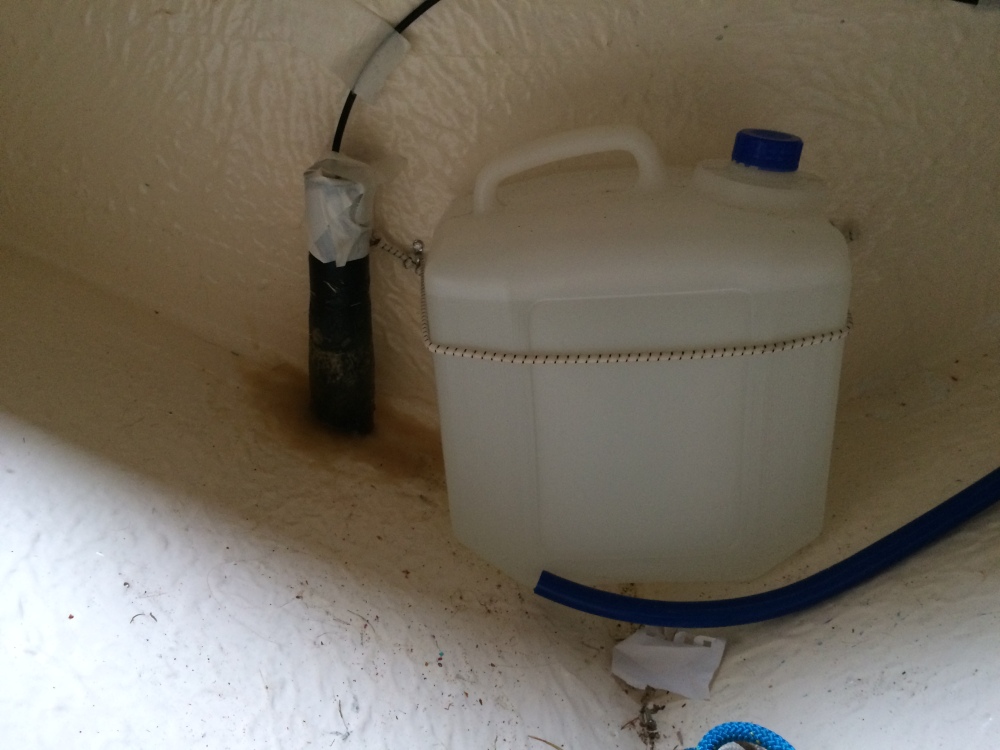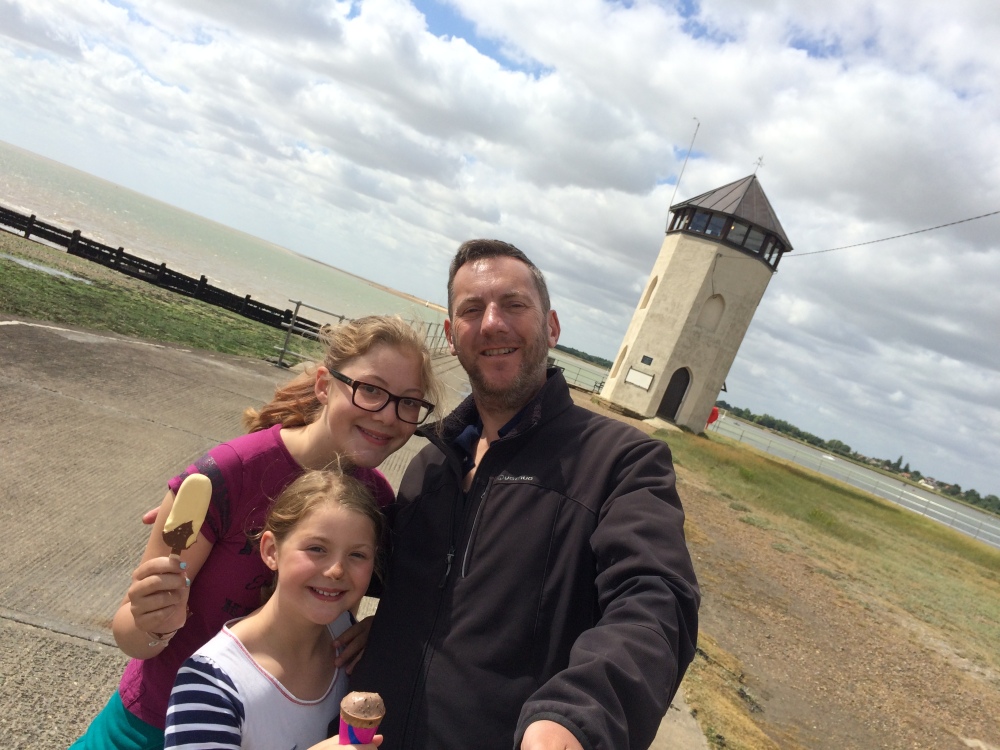Monday
When events depend on the weather, you can make a plan, but that doesn’t mean that things will turn out that way. We had that sort of day today.
So, here’s the plan. I walked to the shop in Bradwell village for supplies. We then set off from the marina and sail down from the Blackwater to the Crouch.
The first part was easy, and I enjoyed the walk. By the time we cast off, it was just after low tide. There wasn’t much water and we picked our way slowly along the channel, plate up. We scraped the bottom a few times, despite the depth sounder telling me we had water. I think the very soft sludge confuses the sensor and it reads part of the mud as well as the water.

As we turned the corner on the final leg out into deeper water, we had the strong breeze right on the beam, which made it hard to keep a proper track in the channel. I could see a cruising yacht high and dry just to one side of the channel and as we drew alongside, I could see there was crew aboard; she’d obviously run aground.

As we motored on, the water got even shallower, then there was a grating sound and then we stopped. We were aground too. Curses! I put the engine full astern and tried rolling the boat by leaning out on the shrouds. No dice. We were stuck.
Fortunately, it was a rising tide and I knew we didn’t have long to wait. Certainly a lot less time than the cruiser behind us. I put the anchor down and watched the water slowly creep up the shore. After twenty minutes or so we were afloat again and I slowly pulled the anchor chain back up, which moved us into slightly deeper water.
As soon as the anchor was free, Aimee gunned Henry Honda and drove us out onto the main river; not easy with the strong cross wind. I put up the staysail only, and we scooted dead down wind against the tide. Once we had sea room, with Aimee’s help, I got up the double reefed main.
Aimee had been helming up to this point, and doing a great job, as conditions were tough. The strong wind over a spring tide created a very uncomfortable chop. I realised that conditions would be the same at the mouth of the Crouch too and Alice was getting sea sick. The decision was made to head back to the relative shelter of the river Colne.
We anchored in the lee of the beach at Mersea Stone and had lunch from the provisions I had bought in Bradwell. We then decided to follow the tide up river, as we had a couple of hours before high water.
I then had an enjoyable sail “round the cans”, following the channel up river. The wind varied between reach, run and fetch. I did not have to tack once, but the wind on the river was very gusty.

We sailed through the flood gate below Wivenhoe and then through the town itself. I saw it last week at low tide when we were driven here for a meal and it looked very different now, from the water and at high tide.

Alice wanted a swim, so I turned the boat and we made our way back down. Just out of town, I found a spare mooring and managed to sail up to it and tie off without starting Henry.
Alice jumped in for a swim and, just like yesterday, this tempted Aimee to join her. The girls had a lovely time playing in the water. Alice absolutely loves being in the water and would have stayed for longer, but it was time to move on.

We slipped the mooring and then motor sailed downstream on the ebb; we needed Henry now, with the wind on the nose. A shrimper motored past us and then put up her sails; once the bend in the river allowed, I cut the engine and beat with the shrimper.
He had a single reef in the main and a jib, we had a double reef and staysail, so we had quite a bit less sail than him. He came out slightly ahead of us because he tacked better, but our boat speed was pretty much the same, though he had his boat on its ear in the gusts.
We gave each other a good wave as I eased onto a fetch and passed him as he beat on to get into the Pyefleet.
The mouth of the Colne was thick with dinghies, but with the strong breeze over the ebb tide, there was a big swell which was causing carnage and the rescue boats were being kept very busy. We also saw a foiling catamaran which looked like a scale model of the America’s cup boats.
It looked pretty stormy by the time we got into Brightlingsea, which was very busy, and we ended up rafted to a large ketch. It was then a water taxi ashore for a welcome shower and a Chinese takeaway to eat back on board.

Distance traveled 20nm; avg speed 3.5kts.
 In the run-up to the Traditional Boat Festival at Holyhead in Anglesey, I decided to get a couple of extra days sailing in. I was even more delighted when Aimee volunteered to join me.
In the run-up to the Traditional Boat Festival at Holyhead in Anglesey, I decided to get a couple of extra days sailing in. I was even more delighted when Aimee volunteered to join me. 




































